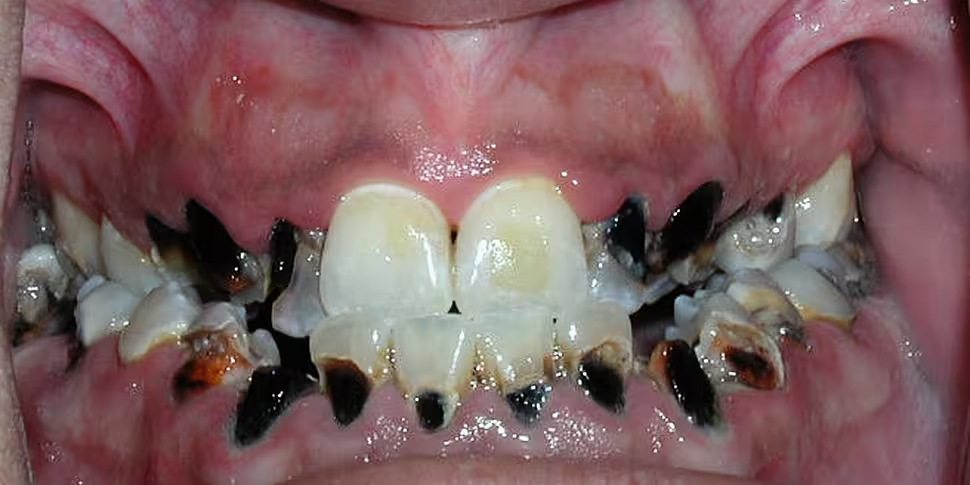What disgusts you? Whatever it is it’s probably the same as just about everybody else. Dr Valerie Cutis has written ‘Don’t Look, Don’t Touch; the science behind revulsion’ in which she argues that disgust is actually a hugely important attribute for humans humans. In fact it’s how we survive.
Her basic thesis is that ‘disgust’ is a system that evolved to motivate infectious disease avoidance. Disgust came about to help us keep away from those things which cause us harm and can make us sick. We react so negatively to faces, vomit and dead animals because its our brain’s way of keeping us away from dangerous germs. Using a selection of images, she discovered a universal disgust towards faeces, vomit, pus and spit. Disgust is designed to keep us away from the germs inherent in all those things. So when we see visual representations of parasite in the form of vomit our disgust kicks in to keep us away from it.
We tend to think that what’s driving evolution is the survival of the fittest but, actually, it’s the survival of those who can avoid getting sick.
Most people think disgust is different from culture to culture but her research has shown how disgust is the same for all.
But disgust is also essential for social interaction. Manners are really the way of avoiding disease. If you get too close to someone when you meet them in the street they will be uncomfortable. This is because when you invade someone’s space you unconsciously bring them germs and they will in turn move away from you. All of us who learn how to be mannerly do so through our fear of catching or giving a disease.
Disgust is also really important for morality. If you were not disgusted by the person jumping the queue or by the use of chemical weapons you are no longer human. Without disgust you have no ground for morality.
Valerie also explains how ‘sex’ has a lot to do with disgust but you’ll have to tune in from 9am on Saturday to hear more.
Here she is discussing the essential role of disgust...









